| Designs, styles and delivery forms of cartons made from cardboard, millboard or corrugated board | [German version] |
DIN 55 429, Pt. 1 and the FEFCO/ASSCO Code (international shipping package code) describe the internationally usual designs, styles and delivery forms of cartons made from cardboard, millboard and corrugated board. The designs and styles have been defined by ASSCO (Association Européenne des Fabricants de Caisses d’Expédition en Carton Compact), FEFCO (Fédération Européenne des Fabricants de Carton Ondulé) and the ECMA (European Carton Makers Association).
The DIN standard lists the designs and styles shown in the following table, but these are only a selection of the possible styles. Further variants may be found in the DIN standard. The various designs are primarily delivered as die-cut carton blanks, folding cartons or as self-erecting cartons.
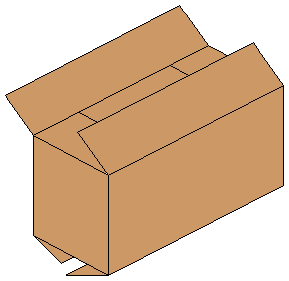
Figure 1: Folding cartons with bottom and top flaps: the outer top and bottom flaps meet, but the inner ones do not. This is the most widely used design.
Back to beginning
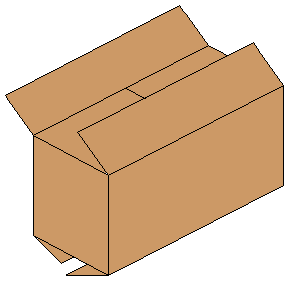
Figure 2: Folding cartons with bottom and top flaps: both the outer and inner top and bottom flaps meet.
Back to beginning
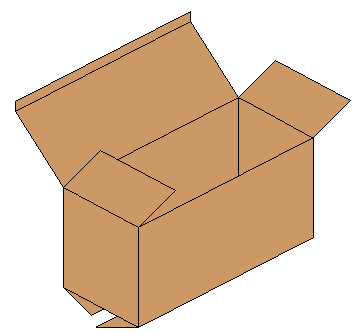
Figure 3: Folding carton with bottom flaps and tuck-in top: the top is provided with a tuck-in tongue used to close the top. In this style, the bottom flaps abut, while the inner top flaps cover only a proportion of the area of the carton top.
Back to beginning
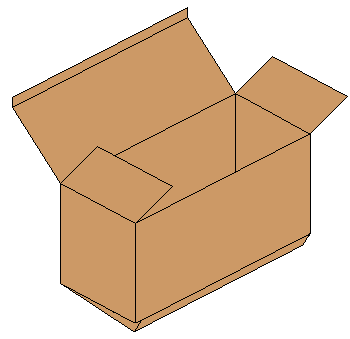
Figure 4: Folding carton with tuck-in bottom and tuck-in top: both the top and the bottom are provided with a tuck-in tongue. In this case, the inner top flaps cover only a proportion of the total area.
Back to beginning
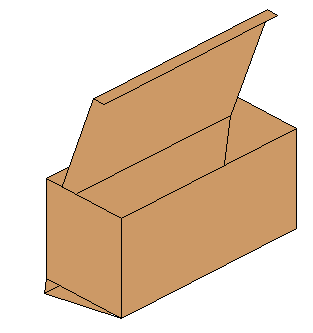
Figure 5: Pull-through cartons: in this design the top, bottom and two side-walls consist of a single piece.
Back to beginning
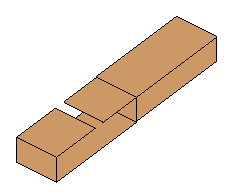
Figure 6: Tube and slide cartons: the inner part is known as the slide, the outer part as the tube.
Back to beginning
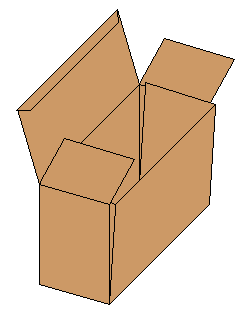
Figure 7: Hinged top cartons with tuck-in top: in this style, the front side wall can be tilted forwards. The hinged top has a tuck-in tongue.
Back to beginning
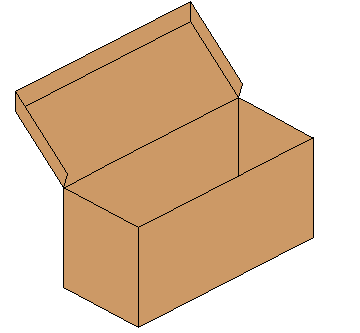
Figure 8: Hinged top cartons with overlapping top: the hinged top overlaps the side walls on three sides.
Back to beginning
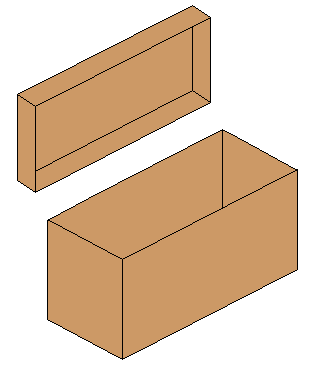
Figure 9: Telescope cartons: the top is made as a separate part. It overlaps the side walls of the carton on all four sides.
Back to beginning
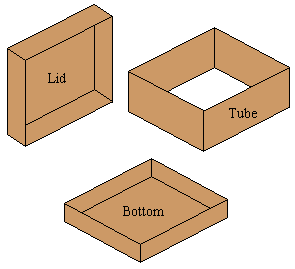
Figure 10: Double cover cartons: these consist of three separate parts (top, bottom, tube). The top and bottom both overlap the tube.
Back to beginning
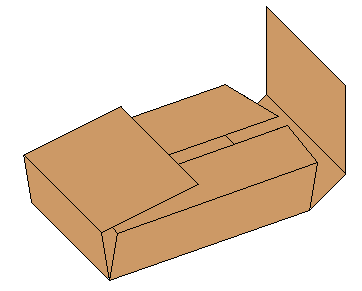
Figure 11: Folder cartons, one-piece: in this style, both the inner and outer flaps meet.
Back to beginning
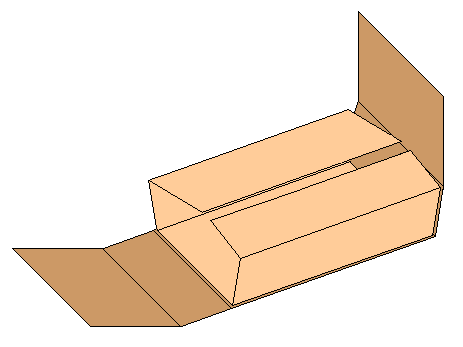
Figure 12: Folder cartons, multipart: the carton consists of an outer and an inner sleeve. In this case, too, the flaps meet.
Back to beginning
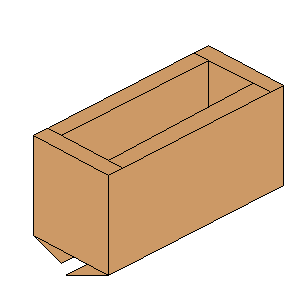
Figure 13: Open-top (unclosable) cartons or carton components: the top, which has only very short flaps, is virtually completely open. The bottom has abutting flaps and is closed.
Back to beginning
